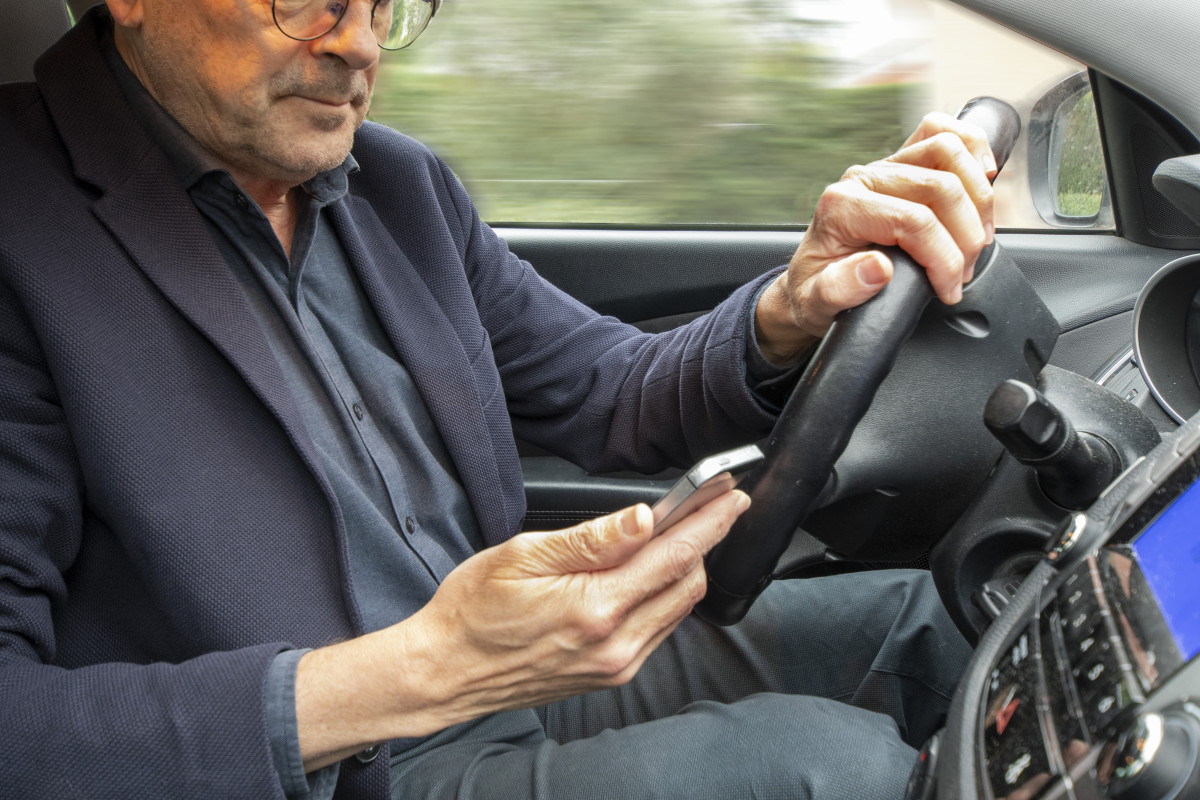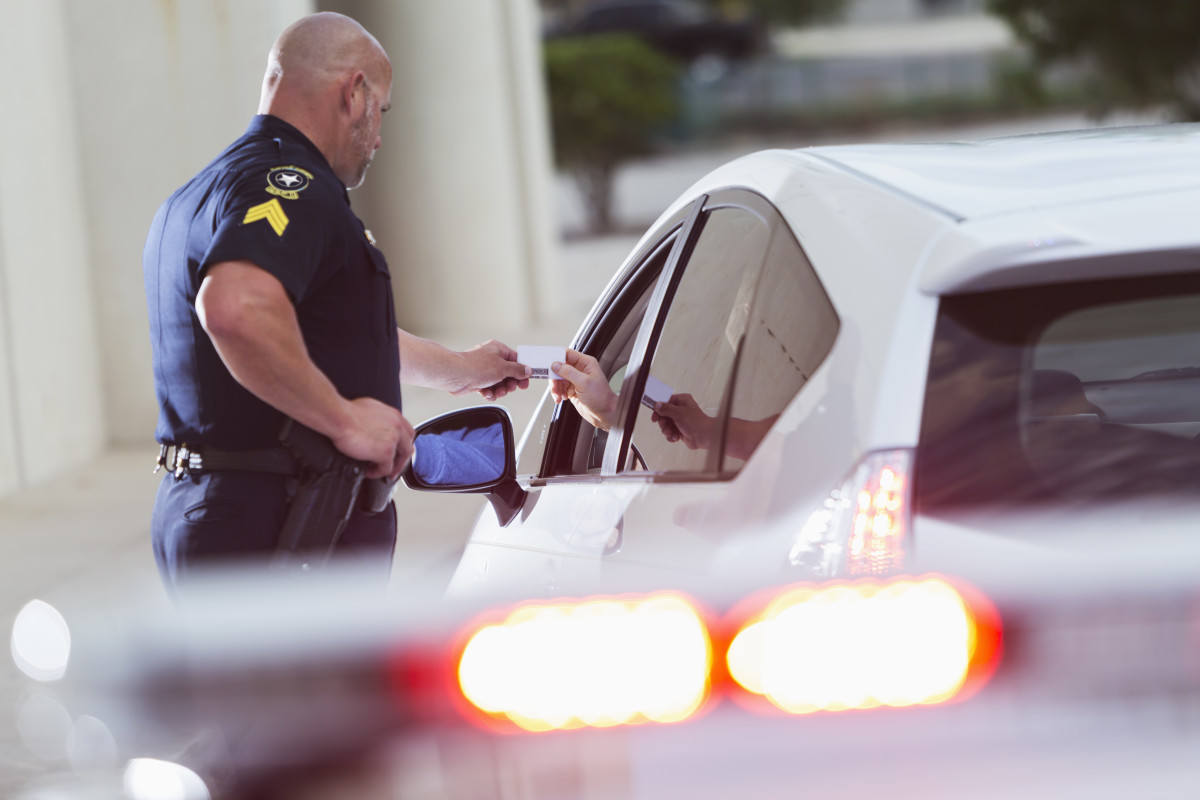
Distracted driving is still an issue
Let’s be honest, you’ve probably done something like this before. You are out on a drive to work, going back home, to the grocery store, or wherever, and you hear the notification sound from your phone, which immediately gets your attention. Lo and behold, you’re glancing at texts, scrolling through Outlook, or fumbling across tabs on a social media app when you’re supposed to have your eyes on the road.
Despite in-car software like Apple CarPlay and Android Auto becoming a must-have item in everything from Kias to Rolls-Royces, smartphone-based distracted driving is still a problem out on the road. According to a 2023 survey of US drivers conducted by the Insurance Institute for Highway Safety (IIHS), over a fifth of drivers said that they engaged in at least one smartphone-based distracting activity while driving, including “making video calls, watching videos or using social media, on most or all of their trips.”
Getty Images
California is getting extra strict on distracted driving
Although you may think there may be some situations where it is perfectly okay to hold your phone while driving, like looking at directions on a navigation application, a recent state appeals court decision in California will have you wrong.
On June 3, the Court of Appeal of the State of California for the sixth appellate district ruled that a state law prohibiting the use of handheld cellphones while driving also applies when drivers are found to be holding phones running a navigation app like Apple Maps or Google Maps. The court ruled that while the driver doesn’t need to be swiping or tapping on the screen, looking at the map with your phone in your hand is enough for a police officer to pull you over for a ticket.

Getty Images
The Court of Appeals in the Golden State reached this decision in the case of a defendant named Nathaniel Gabriel Porter, who received a $158 ticket in Santa Clara County for holding his cellphone in one hand and looking at a mapping application while driving. Porter initially lost his ticket challenge in his first court appearance, but appealed the decision with the appellate division of the Santa Clara County Superior Court, which reversed the fine because it was determined then that he was technically not “operating” a wireless telephone as stated in the state law.
Court documents state that at the time, it was determined that Porter was holding and looking at the mapping application on the phone without “active manipulation.”
“The court concluded ‘there must be something equated to carrying out a function, actively using or manipulating the phone while holding and driving,” court documents read. “This may include talking, listening, emailing, browsing the internet, playing video games, or otherwise engaging with the smartphone. Merely observing GPS directions on the phone does not constitute the kind of active use or manipulation to trigger an infraction under the statute.”

Getty Images
However, the California Court of Appeal for the Sixth Appellate District reversed that decision on June 3, concluding that the definition of the word “operating” under the above law “prohibits all use of a handheld phone’s functions while driving, including looking at an application on the phone” and that “allowing a driver to hold a phone and view a mapping application, even if not touching the phone’s screen, would be contrary to the Legislature’s intent in enacting [the law],” the court’s decision read.
Final thoughts
Porter is still on the hook for the initial $158 traffic ticket, but this story shows that the state of California is clear in its vision to reduce distracted driving. The data about distracted driving is pretty straightforward. According to the National Highway Traffic Safety Administration (NHTSA), over 3,000 people in the U.S. were killed in 2022 due to distracted driving, with phone use being one of the leading culprits.

